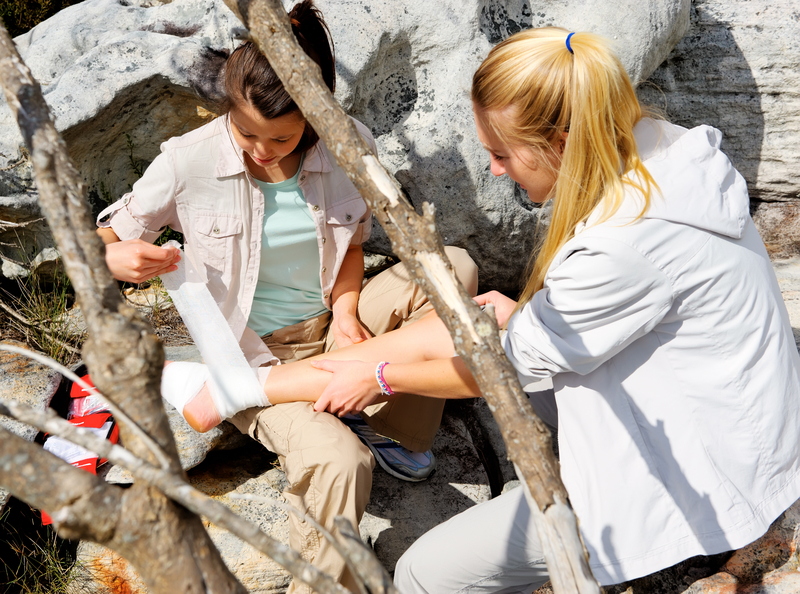There are certainly types of more devastating injuries that require additional medical attention, but below are a few of the more common, treatable injuries you could face when out in the wilderness. I’m sure most of us have experienced at least one of them over the course of our time outdoors. It comes with the territory!
Simple injuries include:
Ankle Sprain
The sprained ankle mostly occurs when the foot turns inward, this tear or stretches the ligaments at the outer part of the ankle since they are relatively weak. The sprain is treatable with exercise so as to prevent losing flexibility and strength.
Foot blisters
Using poorly fitting hiking shoes and wet socks are common causes of foot blisters. If you can’t prevent it using two layers of socks or liner socks then apply moleskin to the blister-prone area to prevent.
Shin Splints
The best field treatment here is applying ice, rest and taking some over-the-counter pain relief medication. It is usually a small issue caused by a small break in the shinbone, but if the pain persists then seeing a doctor is recommended.
Cuts
In the wilderness it can lead to infection. In this case, the first action is to stop the bleeding then apply ice to keep it from swelling.
A gauze pad can be used after the ice to compress the wound and elevate it; if it’s too large then stitching may be required. For facial lacerations, help them keep calm. Then put a towel over the injured part and keep the injured person away from everyone so the victim does not go into shock.
Using the PRICE principle to treat an injury
Protect – ensure there is adequate protection from further injury and if there is a severe injury, this area should be protected with a splint, crutch or pad.
Restrict – one way of preventing the injury from worsening.
Ice – ice can be applied to the injured area to prevent further swelling. It can be applied for 20 minutes every one or two hours in the first 48 hours after receiving the injury, avoid heat at this initial stage.
Compression – apply this using an elastic bandage to help reduce the swelling.
Elevate – the injured area should be placed in an elevated position in relation to the rest of the body.
Have you used any of these methods when treating injuries in the wilderness? Are there any other injuries that can be cared for right away?
Article Source: Prepper's Will
